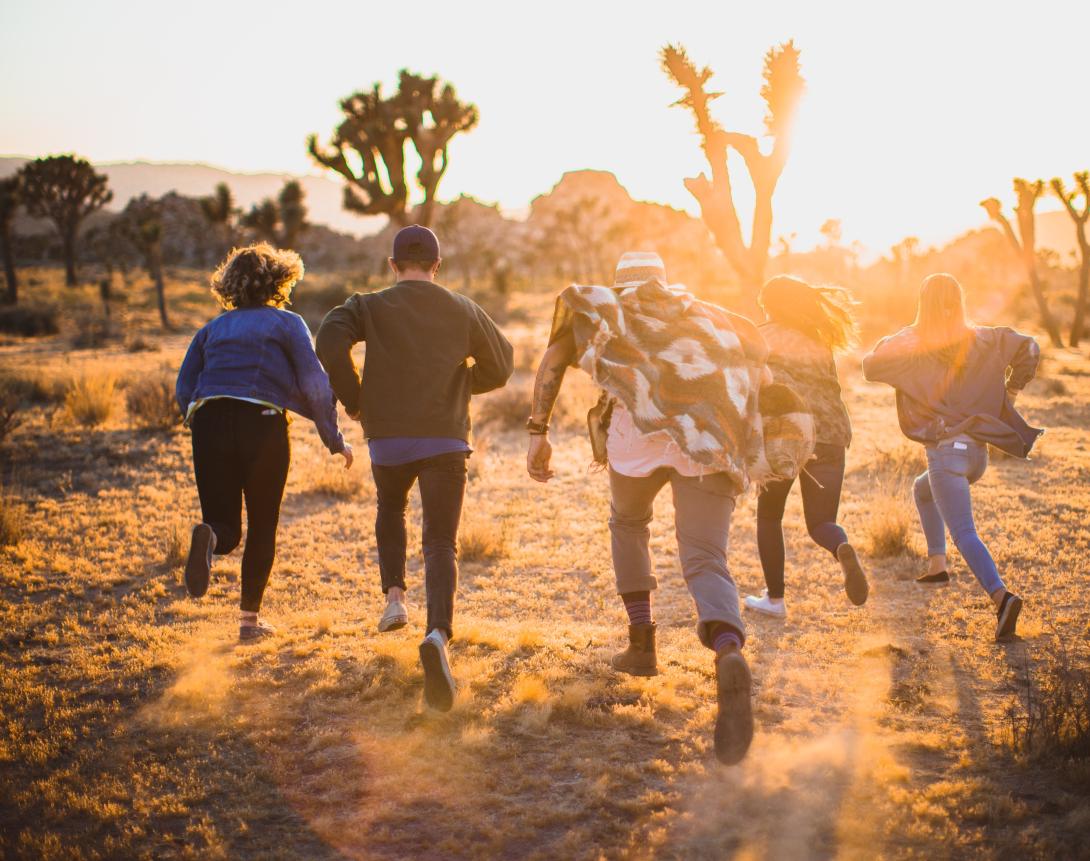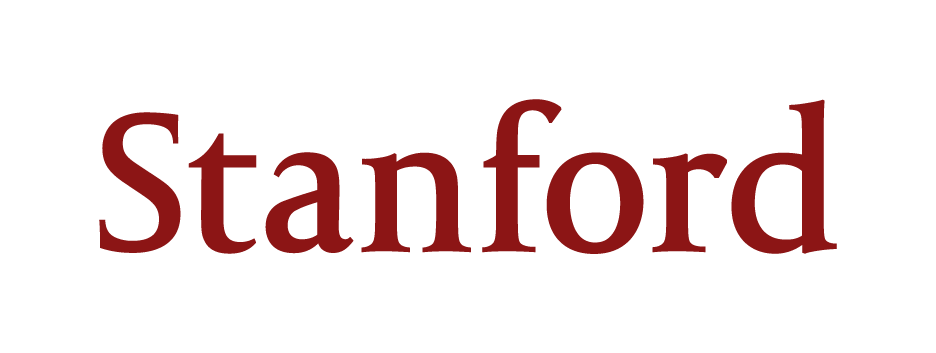Are the Kids Alright? Youth Perspectives on Schooling, Learning, and Community

In the last three years, we have endured a global health pandemic, increased anti-Black, racist, and anti-immigrant violence, attacks on Queer communities, and our government’s refusal to pass sensible gun laws. This has created an enormous weight on the shoulders of our colleagues, families, and the young people in our lives. Given all that has happened and continues to happen, we can’t help but think about the tremendous weight and stress on young people. As former school and community-based educators, parents, and education scholars, the well-being and spirits of young people are top of mind for us. In this piece, we discuss what we see as our responsibility to provide opportunities for young people to process and make sense of a complex and ever-changing world, offer soft spaces to land, and foreground healing-centered engagement in our educational spaces inside and outside of schools.
The current social and political context of fear and cis-heteropatriarchal white supremacist backlash, local government funding cuts, closing schools, libraries, and youth services, and increasing book bans across the country demands our attention and compels us to ask: what is our responsibility to young people? How do we ensure we’re listening to young people about what they need from their school and community spaces - and the adults in their lives? What do we miss by not fully accounting for what youth are navigating? How do we make spaces for their desires, knowledge of the world, and efforts to push back against what causes them harm? How do we transform institutions that have historically entrenched the marginalization of Black, Latine1, and Native youth? As scholars who write with our communities in mind, we see this piece as an opportunity to amplify some approaches to engaging young people in challenging times.
To be sure we do not “speak for youth,” we decided to check in with the young people in our lives - former students, family members, and youth in our personal and professional networks. We wanted to understand their worries and concerns and how they sought connection and healing despite the traumas they were exposed to. In our brief conversations with the young folks in our lives, three issues surfaced: 1) During the pandemic, many schools focused on (and continue to do so) solely on academics and not socio-emotional or sociopolitical support; 2) there was a lack of opportunity for youth to ask questions, especially during online learning, and 3) many young people experienced social isolation. In addition, youth who may have already experienced harm or isolation due to racism or cis-heteronormativity at their school spaces found themselves further isolated or, at times, targeted in online spaces.
In one of our conversations, we spoke with Alex Medina, a college student who attended one of the first high schools in the Bronx, New York, to experience a COVID-19 case. Medina was engaged in student organizing and transformative justice circles at the school. They offer the kind of insights that can only come from young people deeply engaged in their school-based communities. Medina described instances when communication from school leadership about online learning and safety measures was limited and usually available only in English. “(W)e had to ask that they send things out in Spanish…then the translations that went out were really bad,” they told us. They described situations in which friends were translating information for each other. “I started translating things by hand. Students with English as a second language were an afterthought. They were mostly focused on cis-able-bodied, English-speaking students. I wish they had more support for students who didn’t speak English.”
Language wasn’t the only barrier Medina described their peers facing. While educators often lament that students engaging in Zoom learning don’t turn on their cameras, Medina offered some context: “the amount of sexual harassment that went on during the pandemic, students didn’t want to turn on [their] camera, things would get shared on the group chat.” They pointed out that this was exacerbated by the online learning environment. They share that no safety measures were in place to support students experiencing “hateful comments in Zoom chats.” Medina further explained, “When we ran school in person, the counselors might address it, but on Zoom, there was none of that I know of.” Medina went on to describe how they felt supported by individual teachers, counselors, school-based staff, or counselors outside of school — but systems for socio-emotional support were profoundly lacking.
As Medina and the other young people we spoke with shared, their emotional well-being was important to them. Yet, a hyper-concern about academic “learning loss” has dominated public discourse about young people and the ongoing pandemic. Learning loss is most often applied to academic-school-based learning and diminishes all that young people can learn and have learned from their families and communities. It also ignores the kind of extracurricular activities and community-based opportunities young people come to rely on. For example, young people’s experiences were shared in a New York Times article about the missing connections and opportunities for development outside of academics that students not only relied on but were a huge part of their identities. These connections and opportunities are typically facilitated through community-based programs and extracurricular activities - most, if not all, of these opportunities, were shut down at the beginning of the pandemic.
In the summer of 2020, a constant debate surfaced about handling how children and youth return to school amid the COVID-19 pandemic. While school districts struggled to figure out how to provide students with quality educational experiences, most public conversations ignored the critical role of community-based educational spaces and youth organizations in the lives of children, youth, and families. Community-based education and youth development spaces have been exemplars of education and care work for young people. For example, the youth work sector encompasses a range of community-based, cultural, and faith-based institutions that have always been committed to supporting and nurturing youth. These spaces and the community-based educators within them have a history of providing marginalized young people a space to process, make sense of the world around them, and hone skills to help them transform their spaces. Healing-centered justice is a feature of some of these spaces that is essential at this moment of great uncertainty.
Scholar-activist Shawn Ginwright writes that healing-centered justice involves transforming the institutions and relationships that are causing harm in the first place, collectively healing and building hope. In Hope and Healing in Urban Education, Ginwright explains that “healing justice practitioners are acutely aware of how stress, lack of resources, violence, and prolonged exposure to trauma all present tremendous challenges in creating community and/or social change.” What resonates with us is Ginwright and other healing justice scholars, practitioners, and activists' insistence on addressing the institutions and structures that cause harm and toxicity in the lives of those most marginalized. In observing teachers, activists, and community residents across the country, Ginwright highlights restorative strategies used in schools, community-based organizations, and activist spaces, which include healing circles, restorative strategies, and transformative circles that are anchored in public policy – explicitly linking activism to social and policy change. Healing-centered justice approaches are rooted in acknowledging and pushing back on the structures and policies that impede our wellness.
Similarly, as scholars Patrick Camangian and Stephanie Cariaga (2022) explain, acknowledging and creating frameworks to address trauma or social-emotional learning without indicting systems of oppression responsible for the trauma is not only hegemonic but implies that the suffering of those oppressed is a fault of their own. As scholars and educators, we must acknowledge the source of the pain and suffering marginalized young folks encounter. Part of this acknowledgment is deeply listening when young people communicate with us, offering space and time for processing, reprieve, healing, and joy.
The ongoing global health pandemic has shifted our thinking about care and safety. In many ways, it revealed the collective compassion we hold for others. However, the pandemic, coupled with social unrest and a racial reckoning, required that we pay close attention to not only the physical well-being of young people but their social and emotional well-being. The current crises are not over, and perhaps new ones are to be revealed. Schools and community-based education spaces are among the institutions in which a society makes and remakes itself - by centering the needs and vision of marginalized students; we can reimagine them as spaces that redress rather than compound the problems our young folks face.
Author's note:
1. Black and Latine sometimes leads readers assumption that Latine students are not Black. In the context we’re writing from, many Latine students are also Black.
About the authors:
Bianca J. Baldridge is an associate professor of education with expertise in community-based education and critical youth work practice at the Harvard Graduate School of Education. As a sociologist of education, Baldridge’s research explores the sociopolitical context of community-based youth work and critically examines the confluence of race, class, and gender and their impact on educational reforms that shape community-based spaces engaging Black youth. She also explores youth work professionals' organizational and pedagogical practices amid educational reforms and neighborhood restructuring. Some of Baldridge’s research appears in the American Educational Research Journal, Review of Research in Education, Teachers College Record, Educational Researcher, and Race, Ethnicity, and Education. Baldridge’s experiences as a youth work professional in US cities and abroad also inform her research profoundly.
Alexandros Orphanides is a doctoral student in the Graduate School of Education concentrating on Race, Inequality, & Language in Education. He is also a graduate fellow at Stanford’s Center for the Comparative Study in Race and Ethnicity. He holds a BA in History, an MS.Ed in Education, and an MA in Political Science. Before his time at Stanford University, he spent nearly a decade teaching in New York City public schools. In addition, he was a freelance writer whose work has been featured in NPR, Complex Magazine, The Huffington Post, and Truthout. He is interested in situating analyses of schools as sites of race-making and a node in the reproduction of racial capitalism and coloniality.
References
Camangian, P. & Cariaga, S. (2022) Social and emotional learning is hegemonic miseducation: students deserve humanization instead, Race Ethnicity and Education, 25:7, 901 921, DOI: 10.1080/13613324.2020.1798374
Fitzsimmons, E. G. (2023, January 12). Mayor’s Proposed Cuts to Libraries Will Hurt New Yorkers, Leaders Say. The New York Times. https://www.nytimes.com/2023/01/11/nyregion/library-funding-cuts-eric-a…
Ginwright, S. (2015) Hope and healing in urban education: How urban activists and teachers are reclaiming matters of the heart. Routledge.
Kim, J., & Barth, L. (2021, March 14). The Missing Hours: 7 Students on Losing a Year of After-School Activities. The New York Times. https://www.nytimes.com/2021/03/14/us/nyc-after-school-activities-reope…
Meko, H. (2022, November 22). Court Leaves New York City School Budget Cuts in Place. The New York Times. https://www.nytimes.com/2022/11/22/nyregion/new-york-city-school-budget…
Mitchell, C. (2021, January 15). COVID-19 Has Left Thousands of After-School Programs in Jeopardy. Education Week. https://www.edweek.org/leadership/covid-19-has-left-thousands-of-after-…



